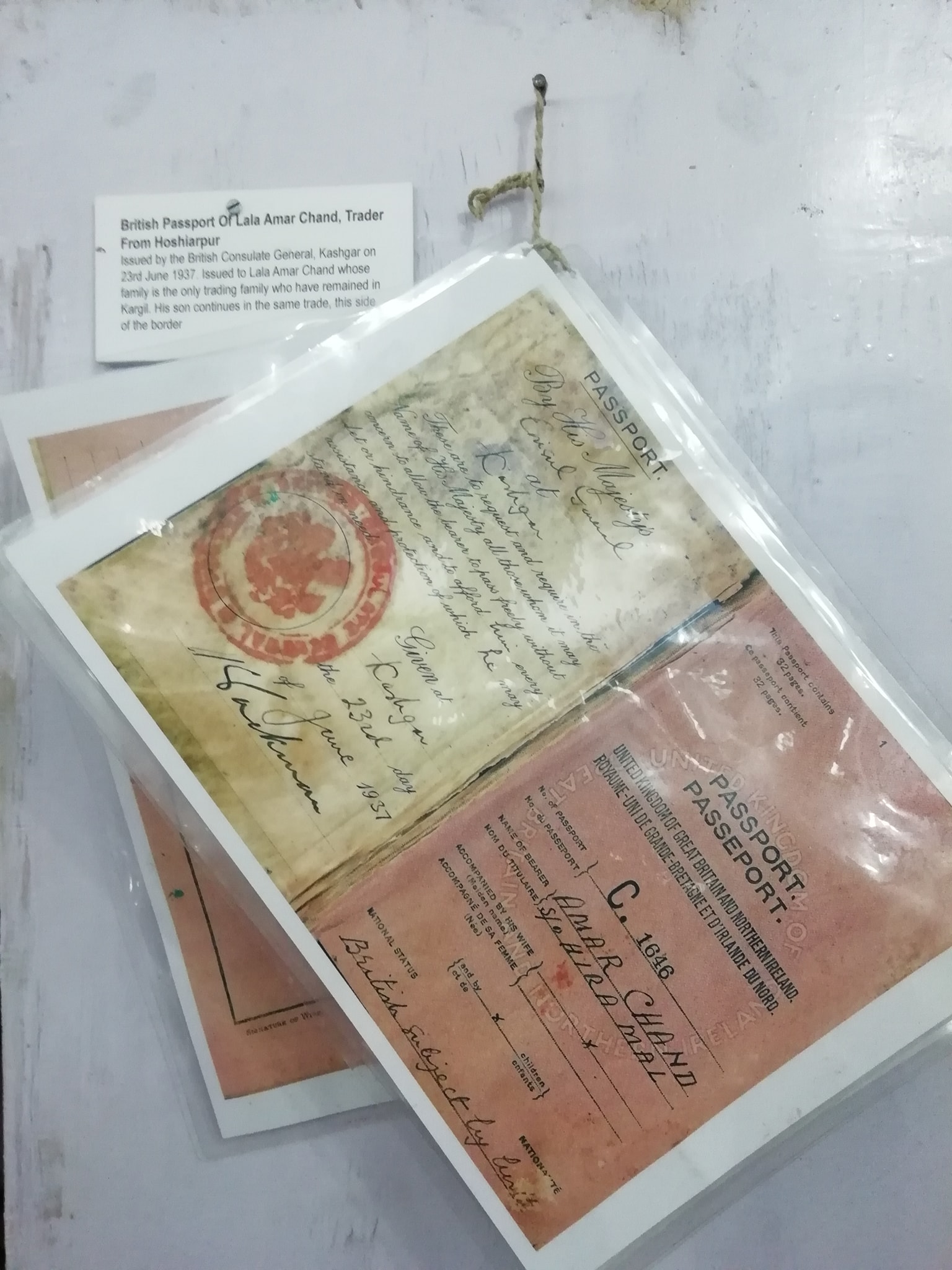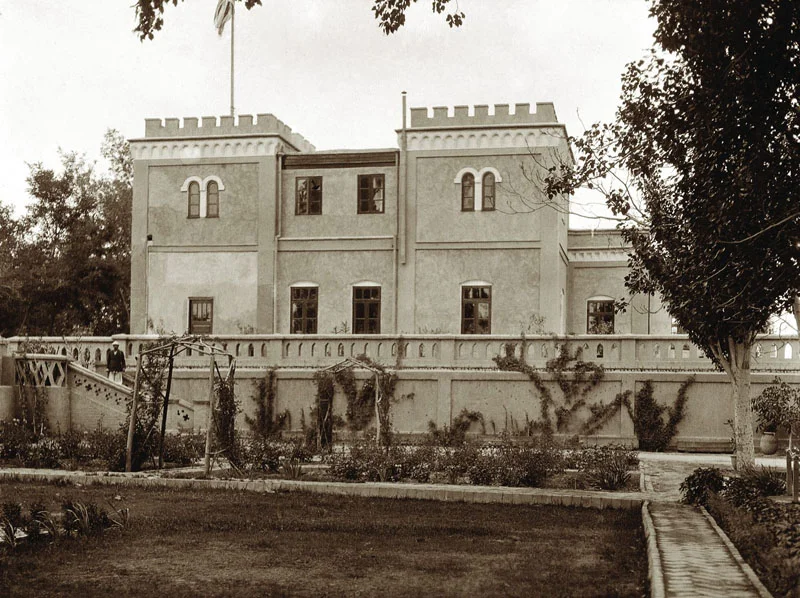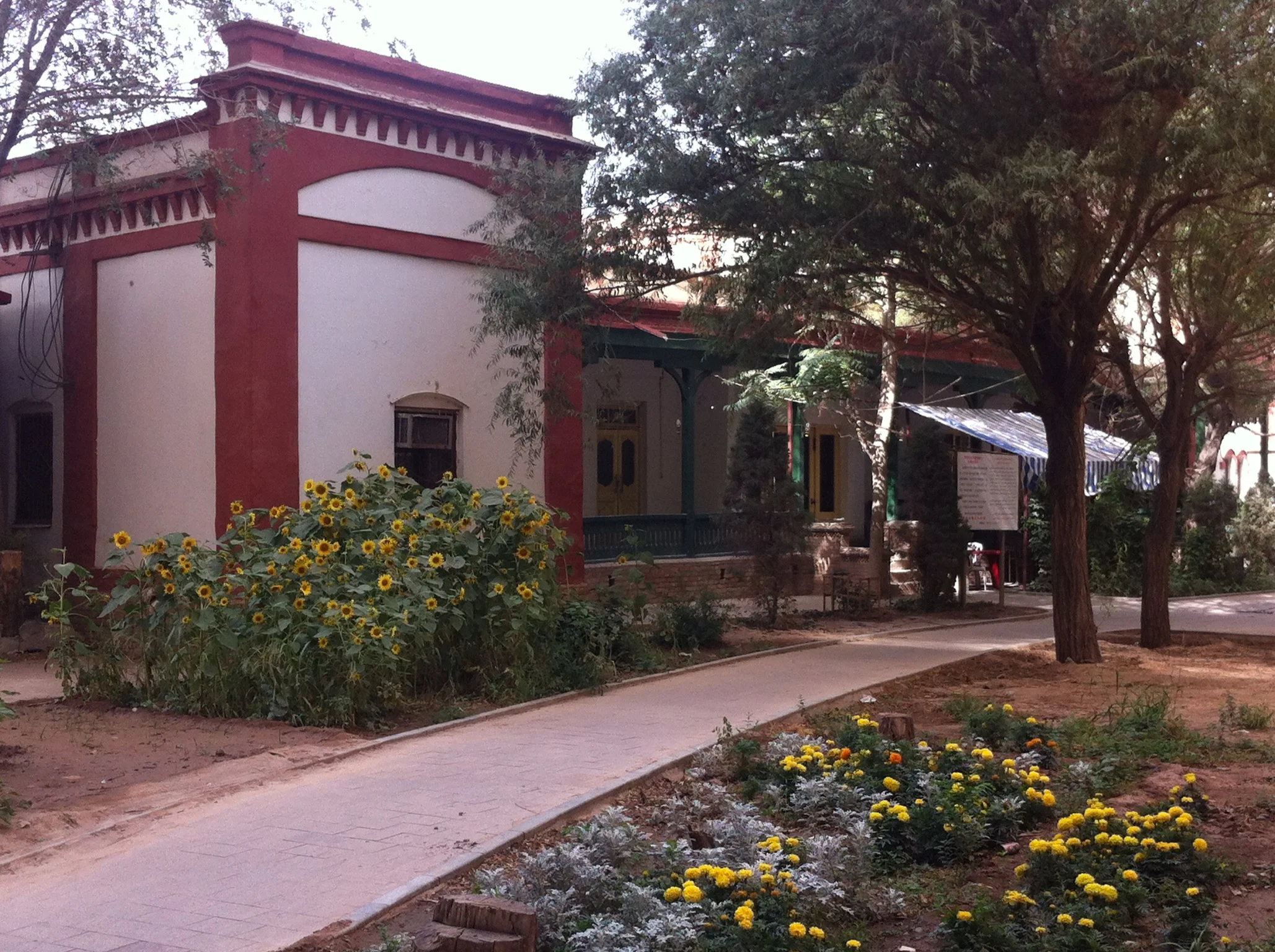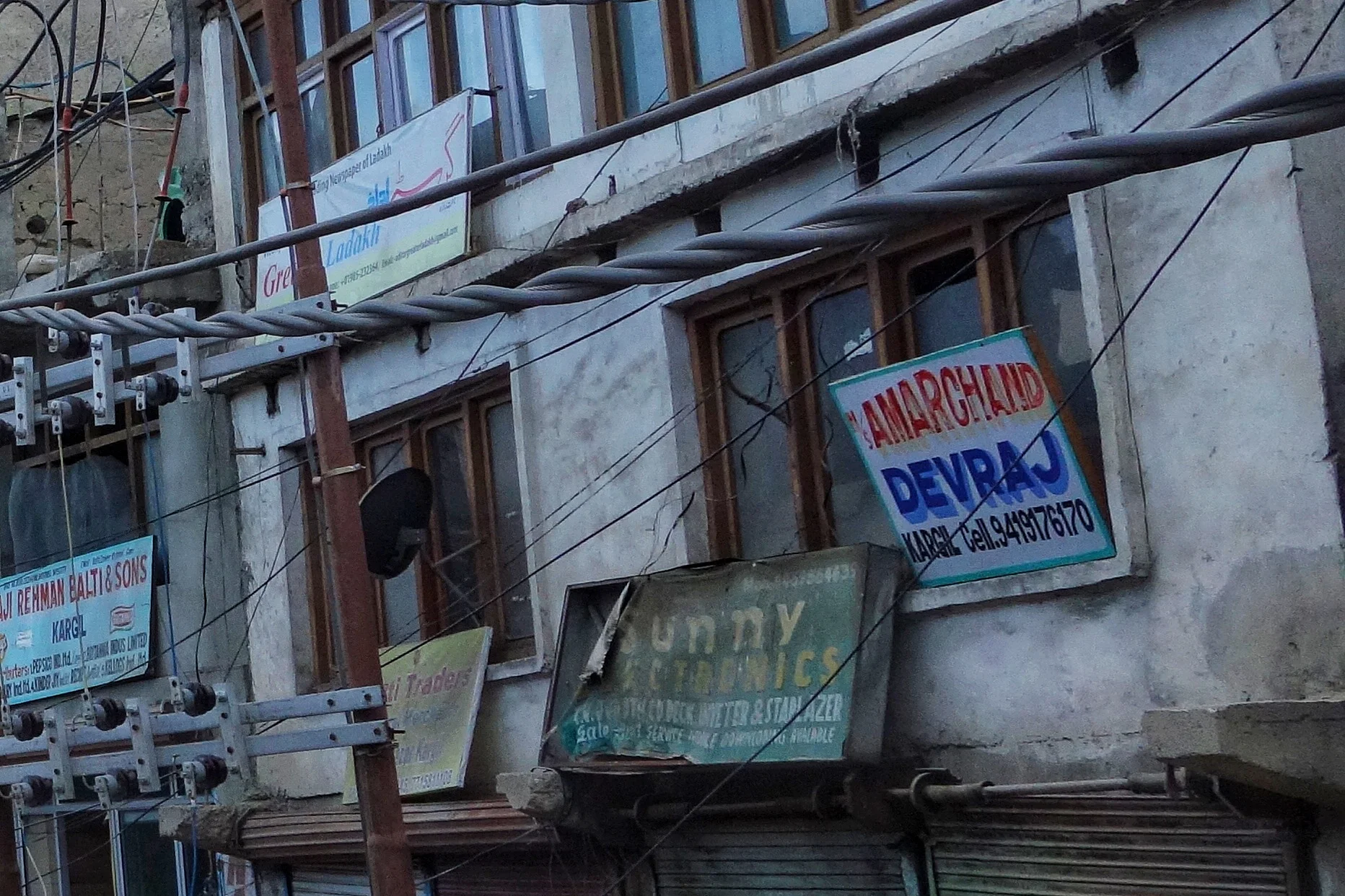The Consulate at Chini Bagh
Many stories have been told about the Great Yarakand to Leh Trade Route which went across some of the highest Mountains in the World and over some of the most inhospitable terrains. The Trade went up considerably after the Maharaja of Jammu and Kashmir and the British started to encourage the Trade in a big way and the so called Treaty Road was established. Those were the days of the Great Game and Trade was a perfect way for the British to compete with Russia over influence in Central Asia.
For facilitating the same the British had set up a Consulate in Kashgar which was on the Yarkand Leh trail and the first big city (If you could call it that) once you got over the Mountain wilderness in Central Asia. The Consulate for some reasons was called the Chini Bagh.Of course the Russians also had a Consulate in the same City. And the Russian and the British Consulates and the officials were constantly engaged in a games of one upmanship in order to gain favour with the Turkestanis as well as the Chinese who were nominally in control of the Region.
The Chinni Bagh Consulate
A some of you must be aware that most of the Trading from the Indian side was done by the industrious Punjabi traders from Hoshiarpur, many of whom were based in Leh and Kargil for doing this Trade. Initially they used to only stay there during the Summers when the Trade was maximum and used to go down to the plains of the Punjab in the Winters. But with time many of them settled there permanently.
Presenting a British Passport issued to a Hoshiarpuri trader from Kargil, Shri Amar Chandji who was one of the big traders involved in this trade. And this Passport was issued at the British Consulate at Chini Bagh on June 1937 and he was referred to as a British Citizen by birth as I assume all Indians would be at the time the subcontinent was colonised by the Britishers. Amazingly enough it was Amar Chandji’s family which still lives and trades in Kargil. They are the only remaining Hoshiarpuri family living in Kargil as most of the Traders left when the Trade ended abruptly in the early 1950’s. There is still a sign in the main Market saying Amar Chand Diwan Chand Traders and they have a prominent shop in the Kargil Bazaar where Amar Chandji’s son still looks at business. I had the pleasure of having Tea with him at his shop and I was accompanied by a friend, whose family was also originally from Hoshiarpur, but settled since long in the Kulu Valley and presently cultivating Apples in the Raison area. And of course within a couple of minutes the Hoshirapuri’s from Kulu and Kargil established that they were related also through some complicated family history. The World is indeed a small place.
Chini Bagh as it exists today. Pic credit flashme.wordpress.com
Moving on back to the Consulate. It continued as the British Consulate till 1947 when the British decided to grant Independence to India. With the British gone the Consulate was renamed as the India Pakistan Consulate. Yes India Pakistan Consulate and it was like a joint Consulate. And things went on for a couple of years till as per now declassified CIA report things started happening and the Communist Revolution started making its presence felt. As a result the Consulate Generals of Pakistan and India were shut in 1949. It needs to be noted that Trade even at this time was on at full swing and not affected by this development. And it seems that the Indian Consulate officials continued to work well into 1950 when one fine day they decided to leave. The Consulate Incharge at that time was Capt.Sathe (he later became the Indian Ambassador to China) and all of the Indians had to leave via the most dangerous Route ie over the Karakoram Pass into Ladakh. Even the American Deputy Consulate Head took the same Route to Ladakh and the onto Srinagar and thence to Delhi from where they flew back to the US.
So why did the Consulates close or were ordered to close. Well its a complicated different story and maybe it will be told here some day. To put it simply the Communists were not very trusting of foreigners especially in a frontier Region inhabited by Uighurs who were themselves not very fond of the Chinese.
The Great Game had long ended and the Cold War had started and one of its sad legacy was the closing of my beloved “Worst Trade Route in the World”.
As for the Passport it lies in the Munshi Aziz Bhatt Museum in Kargil, a little distance from where the son of Sh. Amar Chand runs his business establishment.
And business is still being carried out in the name of Sh.Amar Chand in the Kargil Bazaar.
Pic from May 2018. Kargil, Ladakh




